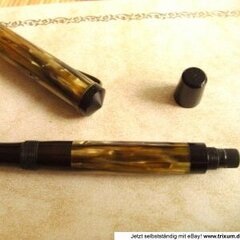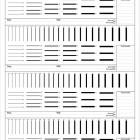Your Handwriting Quality?
How Important Is The Appearance of Your Everyday Handwriting to You?
1,157 members have voted
-
1. How Important Is The Appearance of Your Everyday Handwriting to You?
-
very important-I work at making my handwriting beautiful326
-
somewhat important - I try when I have the time503
-
neutral - I'm pleased when it turns out well166
-
somewhat unimportant - I emphasize legibility over beauty116
-
completely unimportant - what I write is more important46
-
-
Forum Statistics
355.7k
Total Topics4.6m
Total Posts -
Member Statistics
128,570
Total Members18,857
Most OnlineNewest Member
Don Hugo
Joined -
Images
-
Albums
-
Tintenlabor
- By yazeh,
- 0
- 0
- 14
-
Pics for posts
- By ZeroDukE,
- 0
- 0
- 19
-
dgc01
- By kestrel,
- 0
- 5
- 29
-
Pelikan Originals of their Time 1931 Gold (1997)
- By tacitus,
- 17
-
Andrew Lensky Arts
- By Andrew_L,
- 2
- 21
- 51
-















.thumb.jpg.f07fa8de82f3c2bce9737ae64fbca314.jpg)



desaturated.thumb.gif.5cb70ef1e977aa313d11eea3616aba7d.gif)







Recommended Posts